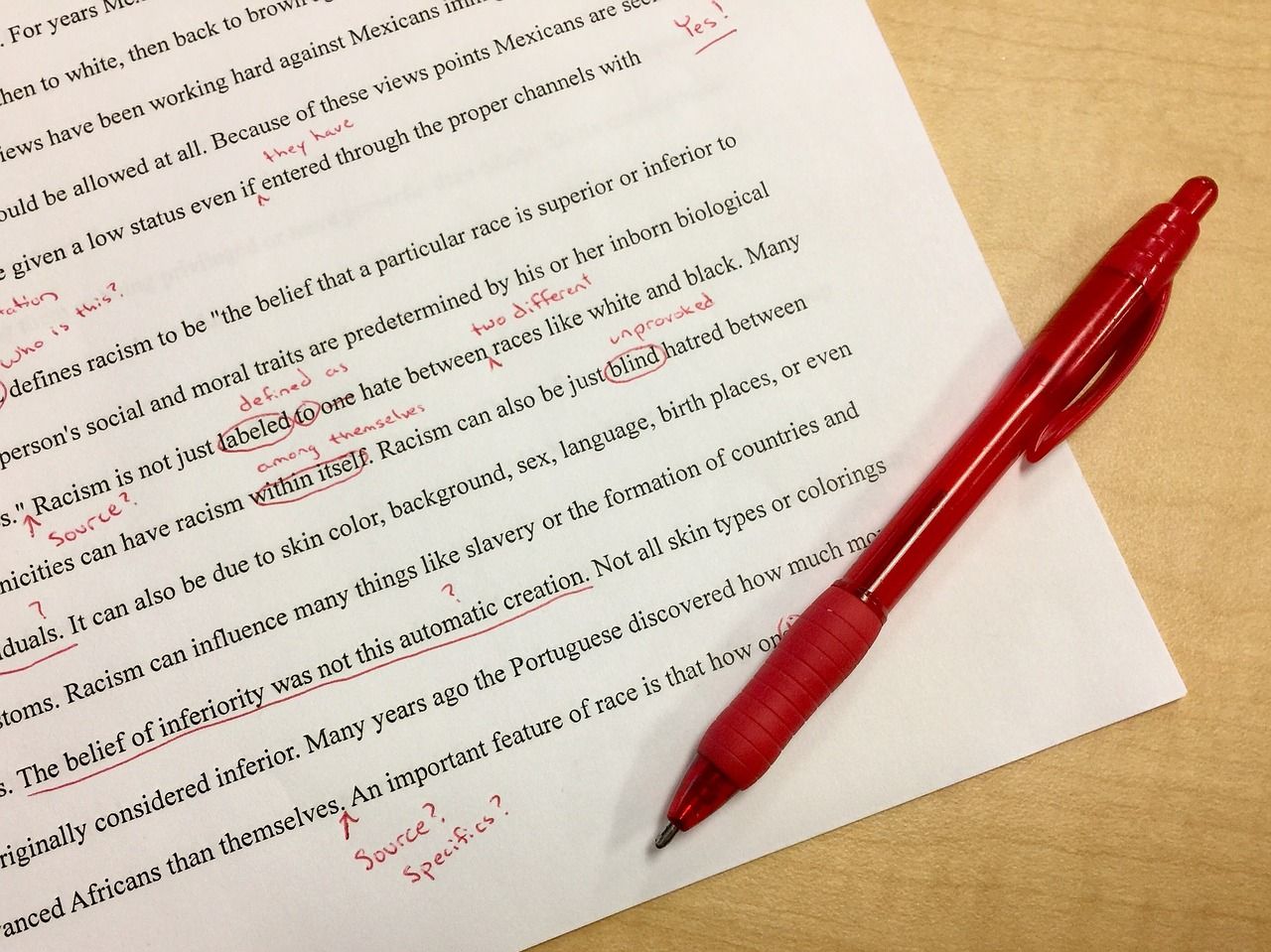6 Tips to Help You Write A Better Steemit Post
Let me ask you a quick question, "Do you struggle when it comes to writing a post for Steemit or just any post in general?"
I know that I am one of those people that has from time to time struggled with trying to make my posts look their best for everyone here to read.
I have six tips that I would like to share with you that I think can make your post better and easier to write at the same time.
Get To The Point
When writing your content the most important tip to remember is make your point known and do it quickly.
According researchers at Microsoft, a 2015 study found that the attention span of an average human is about eight seconds. This means that if you can't you can't get your reader hooked from the first sentence, you'll most likely lose that reader to something else.
One way to help keep readers keep reading your content versus your competition is to follow the what's in it for them (WIIFT) concept. Your goal here is to make it clear to your reader what they will get out of your post in the first few sentences so that the remain interested.
Another tip to follow is to only write as much as you need to get your point across. If you can get your message across in 500 words that is great while others might need 1000 words in a post, but remember at the end of the day use what works best for you.
Research Your Topic

The next tip I have for you is to research the topic that you will be writing about. Research is important as it allows for you to get all the necessary facts and information that is needed for the writing process.
When researching your topic, I would suggest that you focus on looking at multiple sources on the topic instead of one source as it will help you to see the topic from various viewpoints.
Also, the research period is the time for you to gather any images, audio, or quotes that you may want to include in your post.
Make An Outline

For the next tip, we're pulling out something that we all had to do back in school and that is making an outline for your article.
I know that it might seem like an extra step and that you want to get started writing your post right away, but an outline can be a big help.
Using an outline allows you to take some time and organize all that research you did on your topic in the previous tip that I mentioned.
In addition to getting your thoughts organized, an outline also provides you with a way to structure your posts. When structuring your post on an outline, I find that it works best if I start with the most important information and work down to the least important.
Write Your First Draft
Now we've finally reached the point where it is time to start writing our article's first draft. The first draft is your chance to get everything from your outline down into what will eventually be the end product.
Don't worry too much about things like spelling and grammar at this point as you can fix them later before posting. Just get your ideas down into words and remember to use your outline to help you if you get stuck.
For all your writing, I recommend that you do it in a separate word processing program so that you can backup your writing in case you need it.
Some examples of programs you can use are Microsoft Word if you have it or free options such as Open Office or Google Drive.
Proofread Your Draft
Now comes the part where you will take your first draft and proofread what you have written so far.

When proofreading your article I suggest that you spend as much time as you need based on your audience that will be reading the post. If your article is going to be posted in an informal setting you can probably get away with a few grammatical errors, but if it's on a formal site like The New York Times then you will want your post to be perfect and error free.
One thing that I like to do with my articles is to run them through a spell and grammar checker. By doing this, I am able to see if there are errors that I might have missed looking over my work by myself. Examples of programs you can use are Grammarly or free options like Paperrater.
Write Your Final Draft
The last tip that I have for you is to now write out your final draft that you will publish.
This draft will include all the corrections that you made during your time proofreading and will also give you the chance to put in any additional information that you might have left out.
Once you feel that your post is up to your standards, then go ahead and post it to whichever platform you are using.
“When one is writing a letter, he should think that the recipient will make it into a hanging scroll.”
― Tsunetomo Yamamoto, Hagakure: The Book of the Samurai
.jpg)
Good tips!